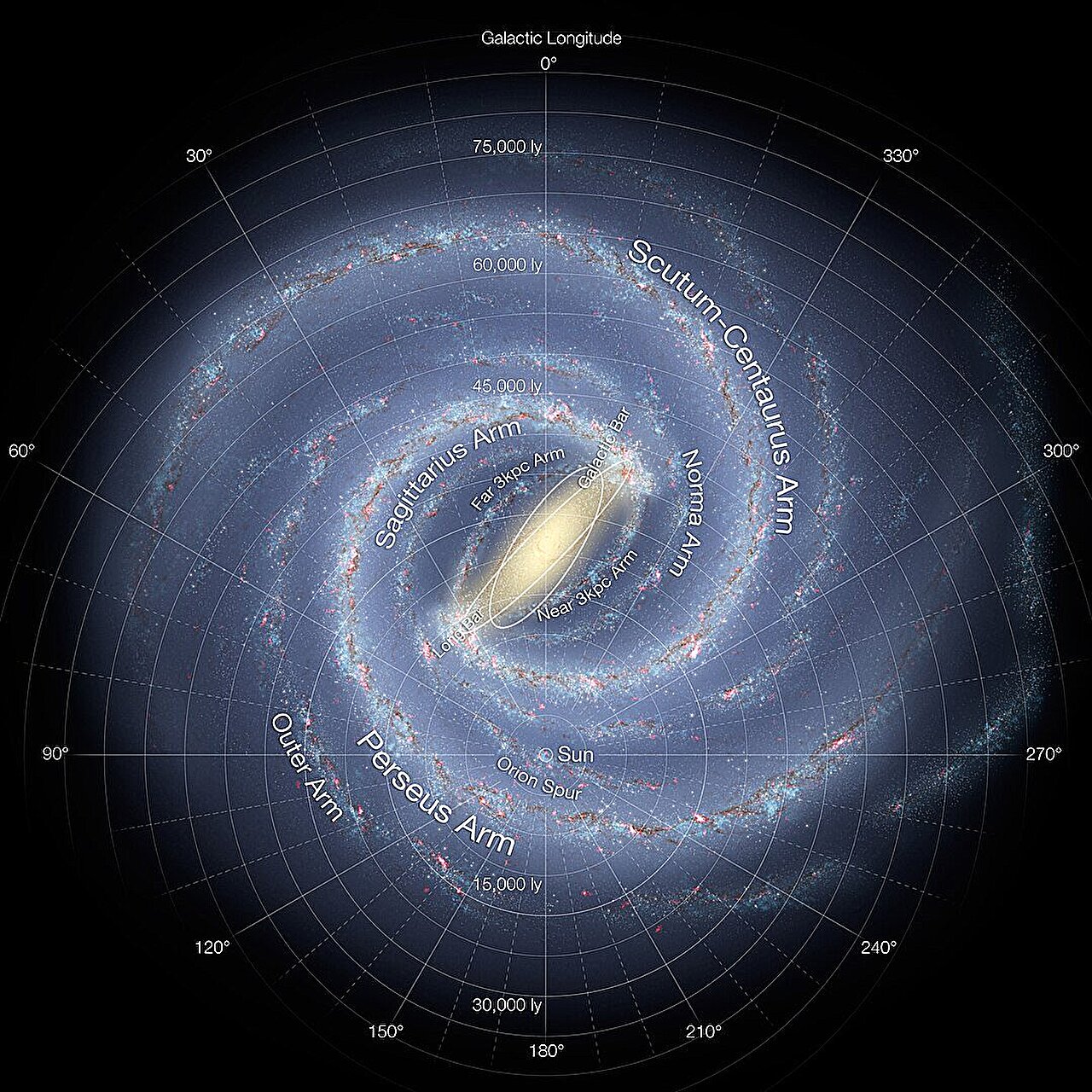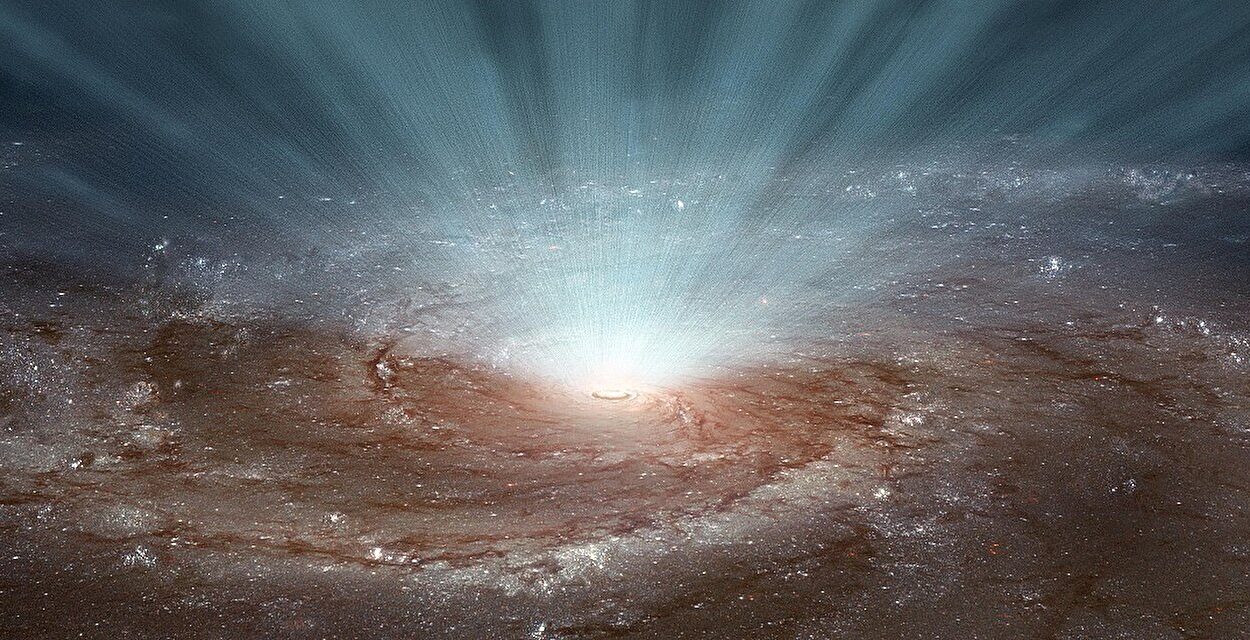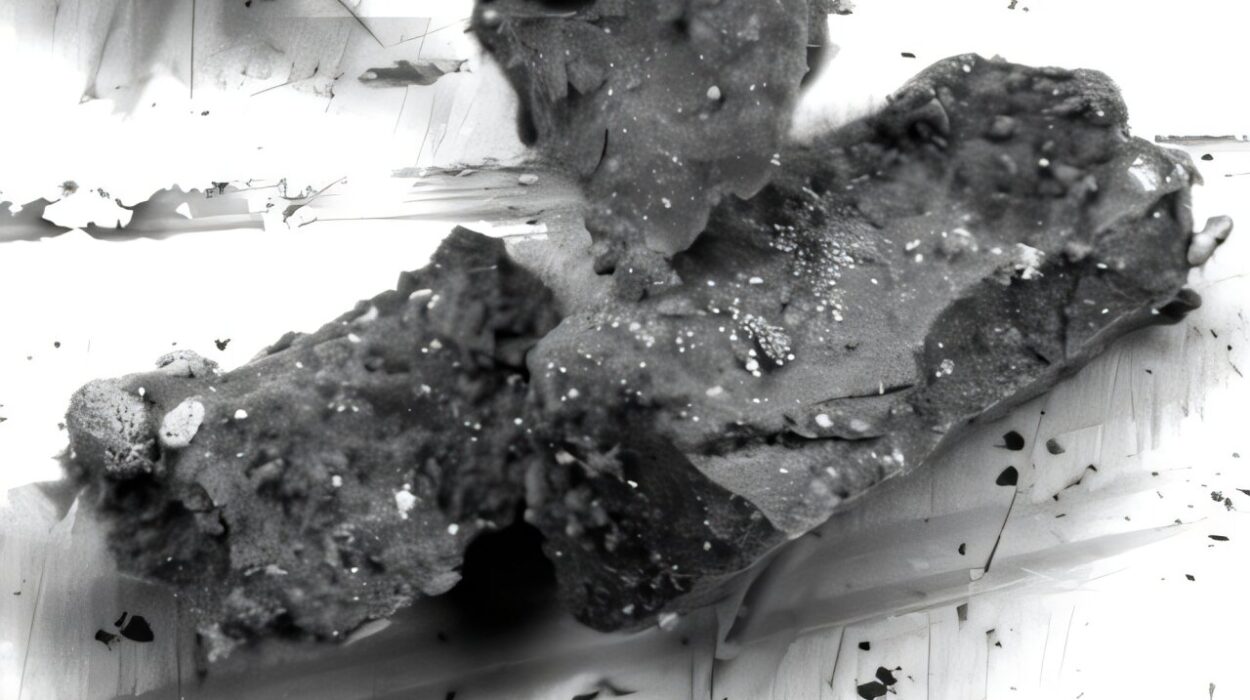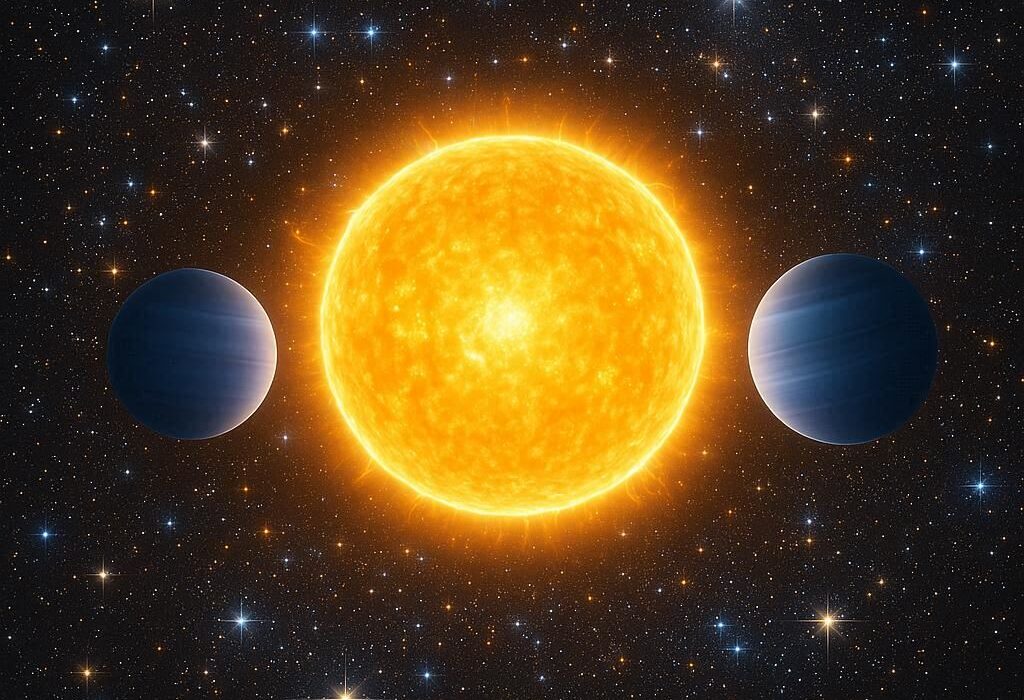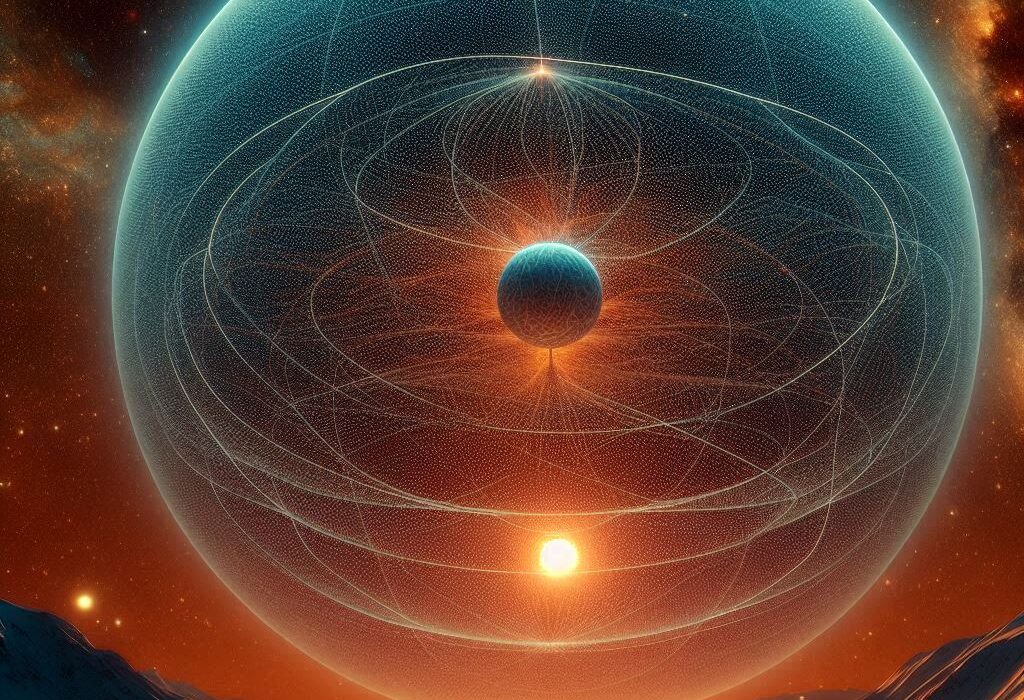Long before Earth was born, before the Milky Way had its iconic spiral arms, before even the concept of a galaxy had fully formed, the universe flickered to life with its first stars. These stars—known as Population III, or PopIII—were forged from the untouched hydrogen and helium left behind by the Big Bang. They were the first sparks in the dark, lighting up a newborn cosmos.
They’ve also been some of the most elusive objects in all of astronomy.
For decades, astronomers have chased the ghost of these stars, scouring deep space for signs of their existence. And yet, they’ve never been directly observed. Until now, the approach has always been the same: find something completely pure, entirely metal-free. In astronomy, anything heavier than helium is called a “metal,” and PopIII stars should be devoid of them. The logic was simple—if these stars formed before supernovae had time to scatter heavy elements into the universe, they should shine with pristine simplicity.
But that strategy may have been too simple for the chaotic adolescence of the universe.
Now, a bold new approach led by astronomer Elka Rusta and her team at the Università degli Studi di Firenze is turning this idea on its head. Instead of chasing perfection, they’re looking for cosmic messiness—the moment just after the universe’s first chemical pollution, when PopIII stars still burned, even as their surroundings began to change.
Their findings may have finally cracked open the long-sealed door to the universe’s oldest starlight.
Not Absence, but Presence
The key to this breakthrough lies in timing. Previous searches assumed the only way to find PopIII stars was to catch them before any supernovae exploded around them. But the stars that likely exploded first were also the most massive—and they lived fast, dying in spectacular fashion just a few million years after forming.
What Rusta and her colleagues propose is far more practical—and revolutionary. There is a period, lasting up to 20 million years, where galaxies may still host PopIII stars, even if the gas around them has been polluted by the earliest supernovae. That means astronomers don’t need to wait for the fleeting moment of pristine emptiness. They can hunt in the aftermath, where both the echoes of first-generation stars and the whispers of second-generation stars overlap.
This “hybrid” phase, as the team calls it, is far easier to observe. In fact, it may already be hiding in our data.
Listening to the Music of a Metal-Polluted Sky
To test their theory, Rusta’s team developed a new suite of diagnostic tools—tools that look not for the absence of metals, but for their presence in very specific patterns. They focused on ultraviolet emission lines, particularly those involving oxygen and hydrogen, that arise in the chaotic aftermath of the universe’s first explosions.
Using data from the JWST Advanced Deep Extragalactic Survey (JADES), one of the most ambitious deep-sky projects ever undertaken, they went hunting in a part of the cosmos where light is over 13 billion years old.
The result? Nine tantalizing candidate galaxies.
Each of these galaxies may contain more than 25% of their stellar mass in metal-free PopIII stars—a staggering possibility that dramatically increases the odds of finally confirming the long-theorized first generation of stars.
This strategy represents a sea change in the way astronomers are approaching one of the greatest missing chapters in cosmic history. By shifting from “find nothing” to “detect something distinctive,” the chances of success have grown exponentially.
A Cosmic Chemical Reckoning
If these candidates hold up under further scrutiny, the implications are enormous. It would mean astronomers are not only witnessing the light from the very first stars, but also observing the moment when the universe began its chemical evolution.
The heavy elements we take for granted—carbon, oxygen, nitrogen, iron—were all forged in the cores of stars. When those stars died, they spread their contents into the interstellar medium, seeding future generations of stars, planets, and, eventually, life itself. The story of how the cosmos became chemically rich begins with these first explosions.
Understanding PopIII stars could help researchers reconstruct how long it took for heavy elements to spread, how early galaxies evolved, and even how the first black holes formed.
“The fingerprints of these ancient stars are etched into the very fabric of what followed,” Rusta noted in a statement. “It’s not just about finding the first light. It’s about understanding how the entire orchestra of the cosmos began.”
The James Webb Space Telescope Joins the Hunt
Much of this progress would have been impossible without the James Webb Space Telescope (JWST), whose unprecedented sensitivity in the infrared and deep-field imaging is allowing astronomers to peer further back in time than ever before.
The telescope is capable of detecting the faint, stretched-out light from early galaxies that formed just a few hundred million years after the Big Bang. Its ability to read detailed chemical fingerprints across vast cosmic distances is precisely what allows astronomers to detect subtle differences in metal content—and now, to distinguish between pure and post-supernova gas.
But even JWST isn’t magic. Searching for an object that may only exist for a cosmic blink of an eye is still difficult. That’s why this new method is so exciting—it lengthens the detection window from a few million years to nearly 20 million. In astronomical terms, that’s an eternity.
What Comes Next
The work isn’t done. These nine candidates will need more detailed study to confirm their nature. But even the possibility that PopIII stars are finally within reach is electrifying the astronomical community.
Future JWST observing campaigns, as well as next-generation instruments like the European Extremely Large Telescope (ELT), may soon provide higher-resolution data to test the predictions Rusta’s team has made. If confirmed, these observations would not just represent the discovery of some of the universe’s oldest stars—they would offer a new blueprint for how to find them again and again.
And once we know how to listen for their signals, we might start hearing them everywhere.
A New Dawn for the Oldest Light
The universe’s first stars were not quiet, passive points of light. They were titanic furnaces, hundreds of times more massive than our sun, burning ferociously in the darkness. They exploded in violence, sculpted the first galaxies, and left behind black holes, neutron stars, and the raw materials for every atom in our bodies.
Until now, they’ve existed only in theory and in our imaginations.
Thanks to a shift in thinking—one that embraces the complexity and chaos of a universe just beginning to take shape—we may soon see their glow for the first time.
And in that faint light from 13 billion years ago, we may find not just the start of stars, but the beginning of everything.
Reference: Elka Rusta et al, Metal-polluted PopIII galaxies and How to Find Them, arXiv (2025). DOI: 10.48550/arxiv.2506.17400
